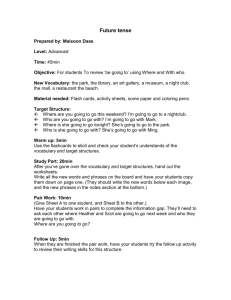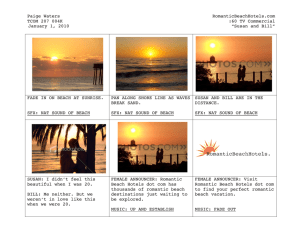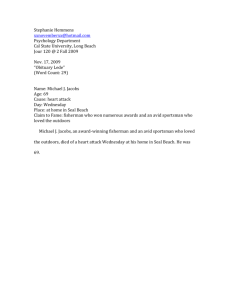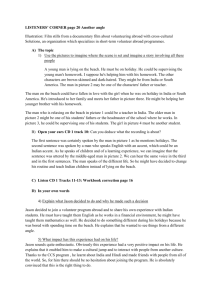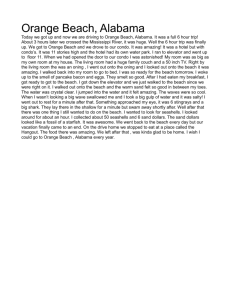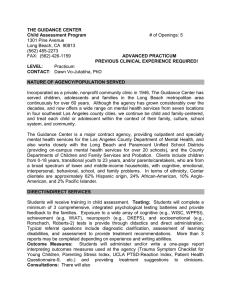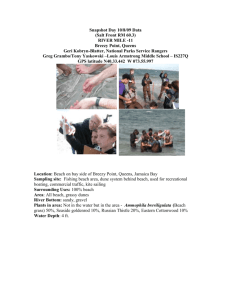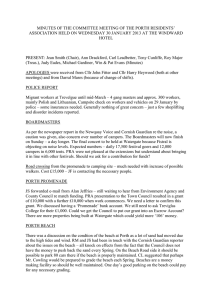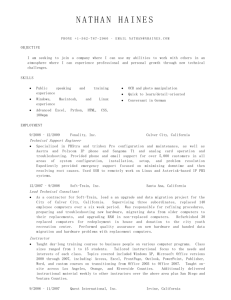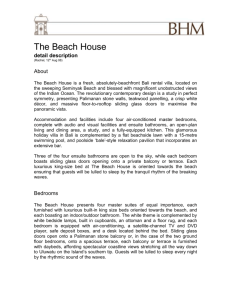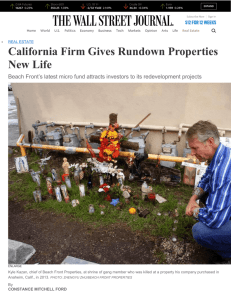History
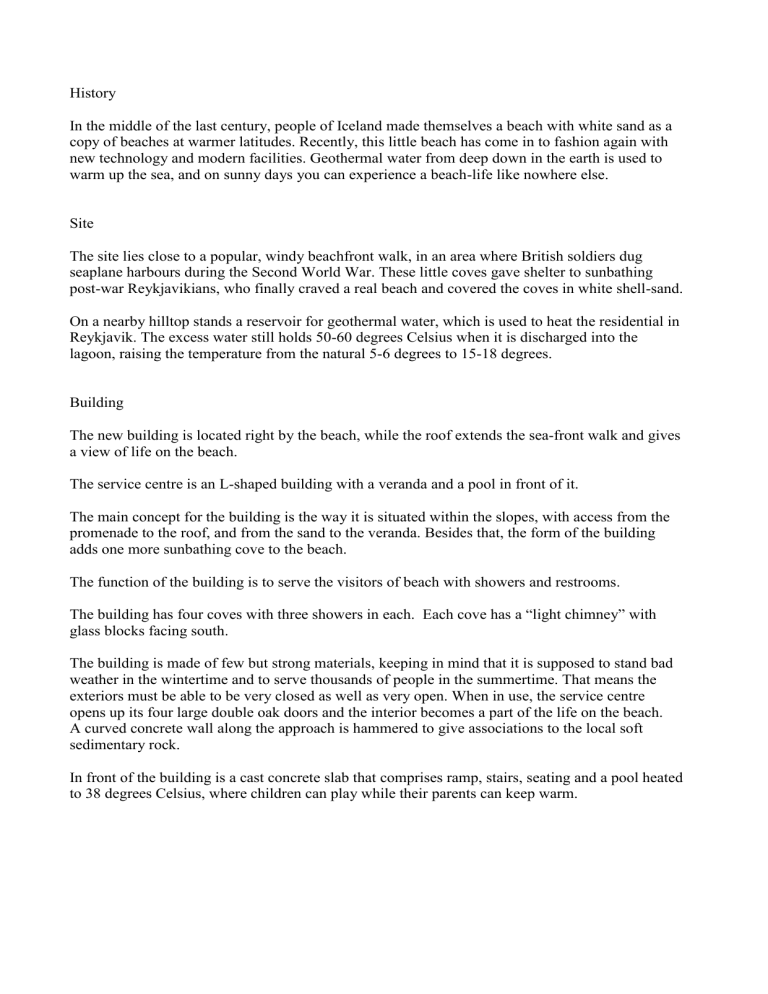
History
In the middle of the last century, people of Iceland made themselves a beach with white sand as a copy of beaches at warmer latitudes. Recently, this little beach has come in to fashion again with new technology and modern facilities. Geothermal water from deep down in the earth is used to warm up the sea, and on sunny days you can experience a beach-life like nowhere else.
Site
The site lies close to a popular, windy beachfront walk, in an area where British soldiers dug seaplane harbours during the Second World War. These little coves gave shelter to sunbathing post-war Reykjavikians, who finally craved a real beach and covered the coves in white shell-sand.
On a nearby hilltop stands a reservoir for geothermal water, which is used to heat the residential in
Reykjavik. The excess water still holds 50-60 degrees Celsius when it is discharged into the lagoon, raising the temperature from the natural 5-6 degrees to 15-18 degrees.
Building
The new building is located right by the beach, while the roof extends the sea-front walk and gives a view of life on the beach.
The service centre is an L-shaped building with a veranda and a pool in front of it.
The main concept for the building is the way it is situated within the slopes, with access from the promenade to the roof, and from the sand to the veranda. Besides that, the form of the building adds one more sunbathing cove to the beach.
The function of the building is to serve the visitors of beach with showers and restrooms.
The building has four coves with three showers in each. Each cove has a “light chimney” with glass blocks facing south.
The building is made of few but strong materials, keeping in mind that it is supposed to stand bad weather in the wintertime and to serve thousands of people in the summertime. That means the exteriors must be able to be very closed as well as very open. When in use, the service centre opens up its four large double oak doors and the interior becomes a part of the life on the beach.
A curved concrete wall along the approach is hammered to give associations to the local soft sedimentary rock.
In front of the building is a cast concrete slab that comprises ramp, stairs, seating and a pool heated to 38 degrees Celsius, where children can play while their parents can keep warm.


![PERSONAL COMPUTERS CMPE 3 [Class # 20524]](http://s2.studylib.net/store/data/005319327_1-bc28b45eaf5c481cf19c91f412881c12-300x300.png)




